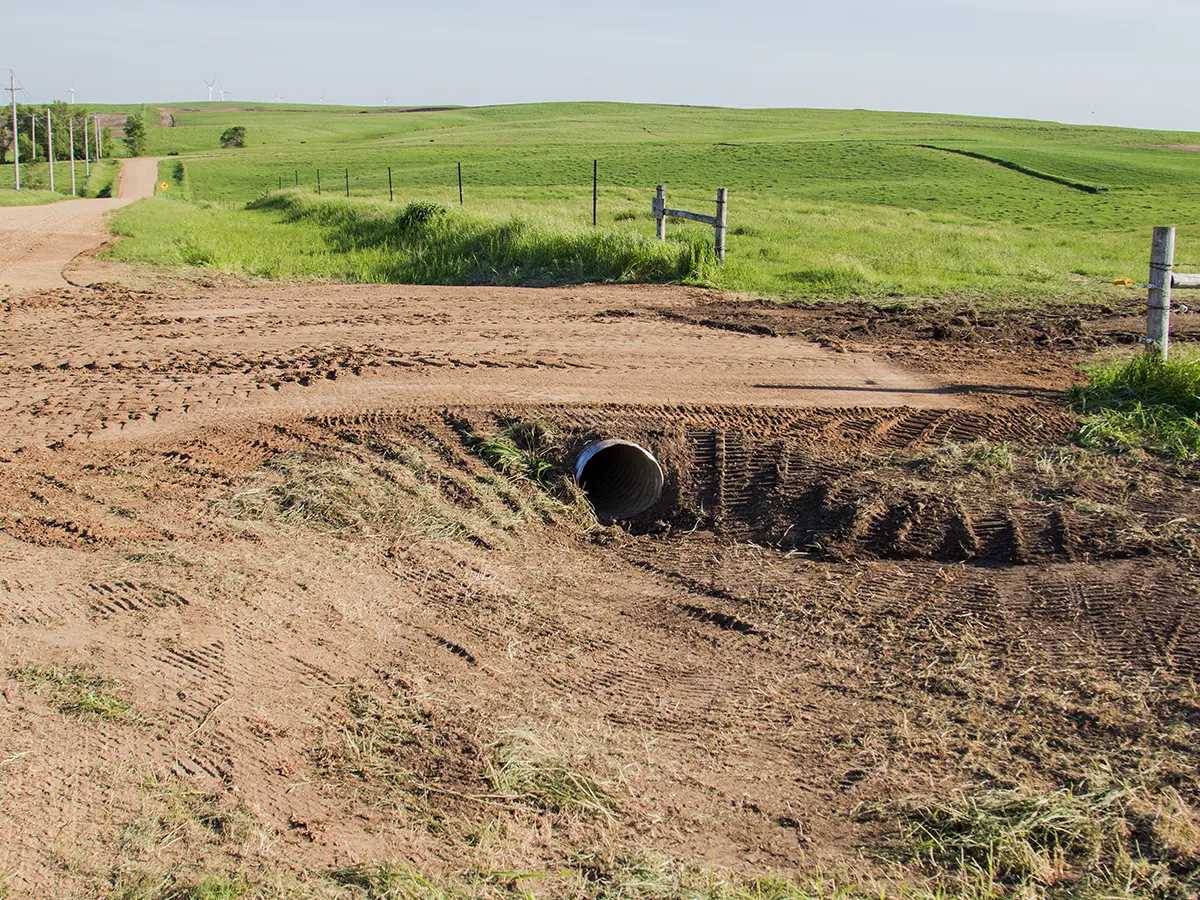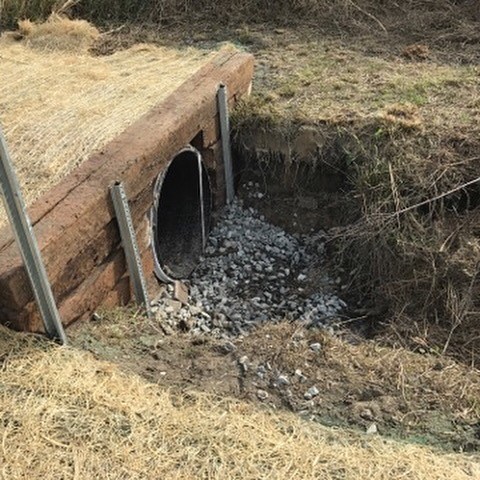Specialist Road Construction Solutions for Smooth Traveling
Culvert Installation Facilitated: Step-by-Step Guide for Success
Mounting culverts might appear like an uncomplicated task, but making certain a successful result requires careful preparation and implementation. From choosing the appropriate culvert size to integrating appropriate water drainage actions, each action in the installation process plays an essential duty in the performance and durability of the culvert system. By following a systematic approach and taking note of vital information, the setup can proceed smoothly, reducing prospective issues down the line. Stay tuned to discover the essential steps and factors to consider that can make culvert setup a smooth and successful venture.
Selecting the Right Culvert Dimension
Picking the proper culvert dimension is critical for ensuring efficient water circulation and structural stability in culvert installment tasks - Pad Construction. The size of the culvert straight influences the flow capability of water via the structure. A culvert that is also small can bring about flooding and overflow, while one that is as well large might cause decreased water velocity, possibly causing debris buildup and blockages
To figure out the best culvert dimension, variables such as the watershed location, optimal flow rates, and hydraulic performance need to be carefully taken into consideration. Estimations based on these specifications assist in choosing a dimension that can appropriately manage the anticipated water quantity while lessening the danger of blockages and structural failure.
It is important to consult engineering standards and requirements to make certain that the picked culvert dimension satisfies the project needs and regional laws (Pad Construction). By picking the ideal culvert size, task supervisors can optimize water flow, prevent prospective issues, and enhance the general effectiveness and longevity of the culvert setup
Preparing the Installment Website
Efficient culvert setup demands precise preparation of the setup website to guarantee optimum structural assistance and capability. Prior to commencing the setup procedure, it is crucial to clear the site of any kind of debris, plant life, or blockages that might hinder the culvert's placement. Making certain a degree foundation is vital for the correct placement and stability of the culvert. This may involve rating the website to develop a smooth, also surface that can appropriately sustain the weight of the culvert and any kind of expected loads. In addition, correct compaction of the dirt below the culvert is required to stop clearing up or changing gradually.
Moreover, it is essential to take into consideration aspects such as dirt structure, groundwater levels, and ecological impacts when preparing the setup site. Conducting an extensive website evaluation can aid identify any possible challenges or threats that may influence the culvert's performance. By taking the time to prepare the installation site properly, you can help assure a successful culvert installation that satisfies architectural demands and makes sure long-lasting functionality.
Positioning the Culvert Correctly

The quality at which the culvert is placed is crucial for keeping a correct slope for water circulation. A gradual incline assists stop pooling and promotes effective water drainage. Additionally, the culvert should be oriented appropriately to make certain that the inlet and outlet remain in the useful content proper areas. This alignment browse around this site is crucial for the culvert to work properly in taking care of water circulation.
Backfilling and Compacting the Dirt
Proper backfilling and compaction of the soil around the culvert is necessary to ensure security and prevent possible issues in the future. As soon as the culvert is properly placed, the following important step is to backfill the area around it with appropriate product. The backfill material should be free from rocks, debris, and natural matter to prevent damages to the culvert. It is advised to make use of granular material such as sand or crushed rock for backfilling, as it offers good drainage and compaction homes.
Compaction aids in reducing the chances of negotiation and makes certain uniform support around the culvert. It is important to portable the soil equally on all sides of the culvert to preserve its architectural integrity.
Correct backfilling and compaction not just give stability to the culvert however also aid in protecting against dirt disintegration and preserving the longevity of the culvert system.
Guaranteeing Proper Drain Integration
Incorporating effective drainage services plays a vital function in the general capability and durability of culvert installments. Appropriate drainage combination is essential for managing water flow, stopping disintegration, and ensuring the structural stability of the culvert system. To achieve this, it is crucial to develop a comprehensive drainage strategy that thinks about variables such as the quantity of water anticipated, the topography of the area, and the kind of dirt present.

In addition, including functions like erosion control steps, such as riprap or plants, can even more improve the performance of the water drainage system. By carefully intending and executing these drainage options, culvert setups can function successfully and hold up against the test of time.
Verdict
In final thought, proper culvert setup is vital for preserving reliable drainage systems. By picking the best culvert dimension, preparing the installment site, placing the culvert correctly, backfilling and condensing the dirt, and ensuring appropriate water drainage combination, success can be attained. Complying with these steps will assist ensure the durability and effectiveness of the culvert, ultimately adding to the overall success of the water drainage system.